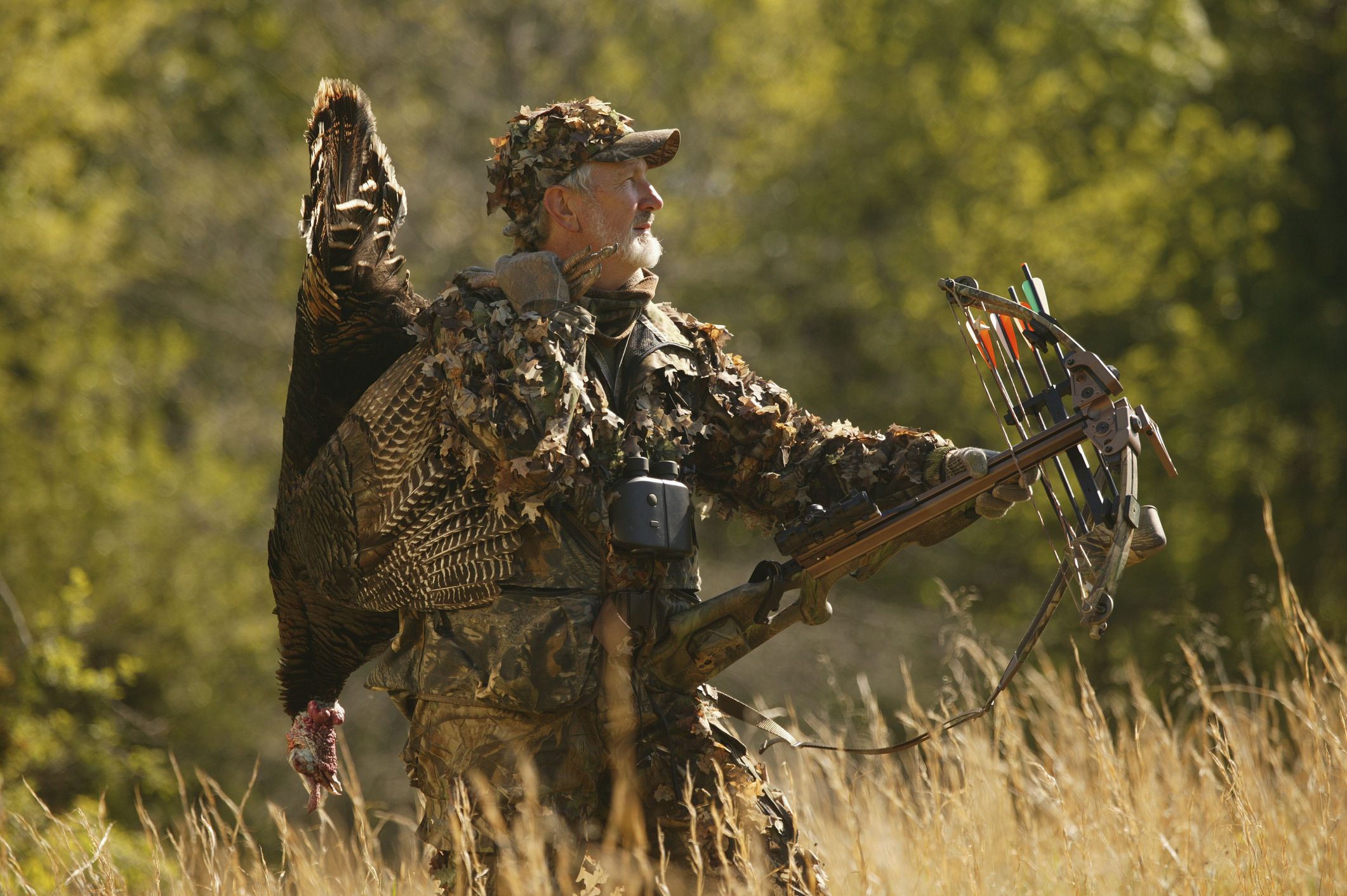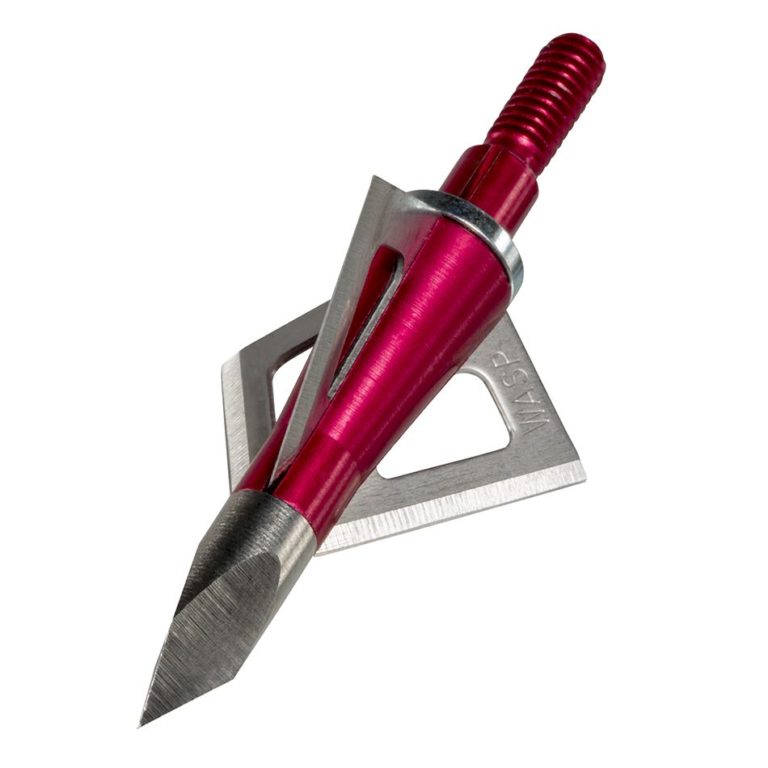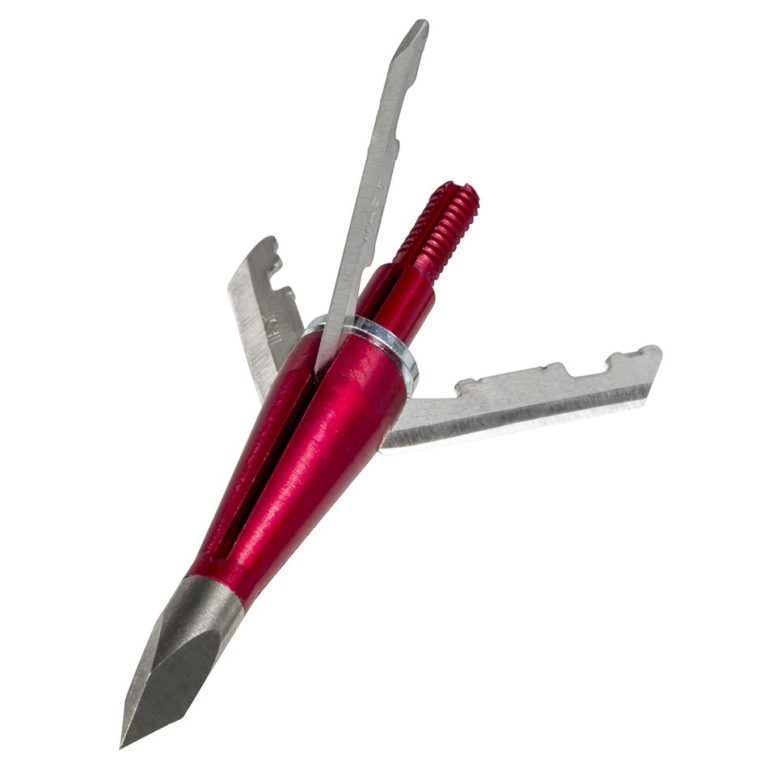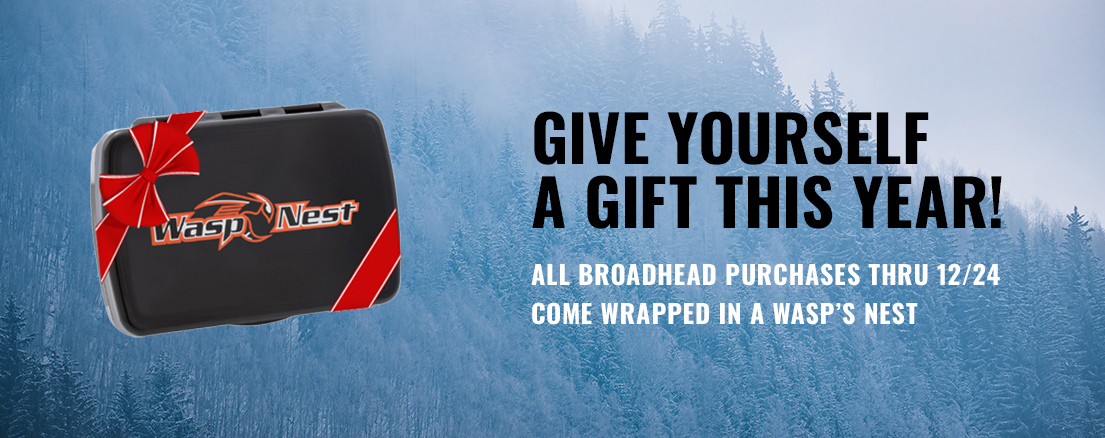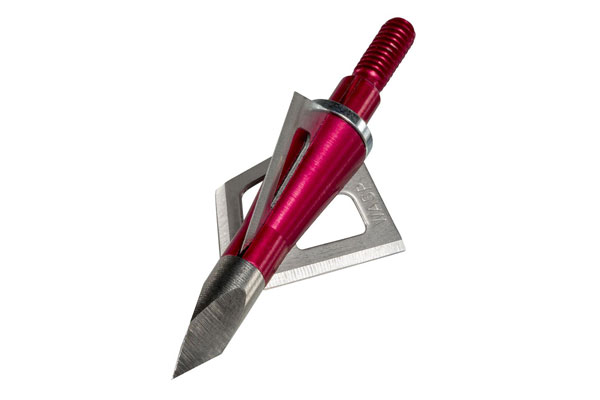What is the Best Broadhead for a Crossbow?
The sheer number of crossbow specific broadheads on the market today is staggering, to say the least, and trying to find the best one for your crossbow model and bolts of choice can be especially overwhelming. To that end, we’ve put together the following tips to help you narrow down the field and discover the best broadhead for your crossbow.
Check your local broadhead regulations
Before you do any other research, the first thing you should to do is consult your local game regulations to see if there are any broadhead restrictions where you live or plan to hunt. Many states and counties have a minimum cut diameter you need to abide by, while still others may ban mechanical broadheads altogether. It’s better to be safe than sorry and not risk a ticket, or worse yet—confiscation.
Fixed or mechanical blade crossbow broadheads
The dispute over fixed blade vs. mechanical blade superiority is more heated now than ever and is showing no sign of stopping. That said, you probably already have a personal preference. In the off chance that you don’t, here are a few quick pros and cons to help you decide.
Fixed blade
Pros:
- Easy to practice with
- Durable and reliable
- Easy to clean and sharpen
Cons:
- Smaller cut diameter
- More susceptible to wind deflection
- Exposed blades dull easier in transport
Mechanical blade
Pros:
- More accurate at longer distances
- Larger cutting diameter
- More consistent line of flight
Cons:
- Must be careful of early deployment with high speed crossbows
- Requires more KE for proper penetration
- More difficult to clean and maintain
Make sure the broadhead is rated for use with crossbows
This should come as no surprise, but not all broadheads are designed specifically with crossbows in mind. Due to the high performance of many modern crossbows, these broadheads may require an extra O ring or special collar in order to shoot accurately.
Another thing you can do is reach out directly to your crossbow manufacturer. Believe it or not, they actually want you to be successful with their product, so they will likely be able to steer you in the right direction as far as which type of broadheads work best with your specific model.
Consider the broadhead weight
The next step is to figure out the ideal broadhead weight for your particular setup. A lightweight bolt will be far less accurate with a broadhead that’s too heavy for it. While 100 grain is by far the most common weight, if your crossbow can support either a 125 or 150 grain option, it’s definitely worth considering for the extra momentum and punch.
Compare price with performance
It’s definitely tempting to choose a pack of cheaper, Chinese knockoff broadheads, but you really need to consider what you’re getting. Are they going to make the kill? Probably—at least the first time anyway. But any experienced hunter knows their setup is an investment, and one that needs to perform every time.
Remember, your broadheads are the only part making contact with your targets and bringing them down. Is that really what you want to save a few bucks on?
Read broadhead reviews
You can read all the product details, performance data, and marketing mumbo jumbo in the world and still end up with a total dud. While the best method is to shoot them all for yourself, obviously this isn’t exactly the most budget-friendly option for most hunters. The next best thing is to read and watch reviews from experts and brands you trust.
You can find plenty of great reviews on archery blogs and on social media, if you know where to look. This is a fantastic way to get honest feedback (along with photo and video evidence) on which broadheads perform well and which ones don’t.
It’s time to shop
Now that you know what to look for, it’s time to head over to Wasp’s premium collection of broadheads designed specifically with crossbow hunters in mind. We have mechanical and fixed blade options ranging from 100—150 grain—all equally lethal!
If you’re still unsure which one to choose, give us a call and one of our experts will help you find the best broadhead for your next kill.
Hit the range
Once you have your broadhead(s) picked out and purchased, there’s one final step you need to take. You definitely don’t want your first release of a new broadhead to be at a live target, as that leaves way too much room for things to go wrong.
Head to your local archery range and pick a target at least 20 yards out. If range fees are a bit too steep for you—or worse yet—there isn’t one in your area, you can always make your own range in your backyard. Shoot each bolt several times, and check for proper line of flight, good penetration, and consistent grouping.
View All Posts